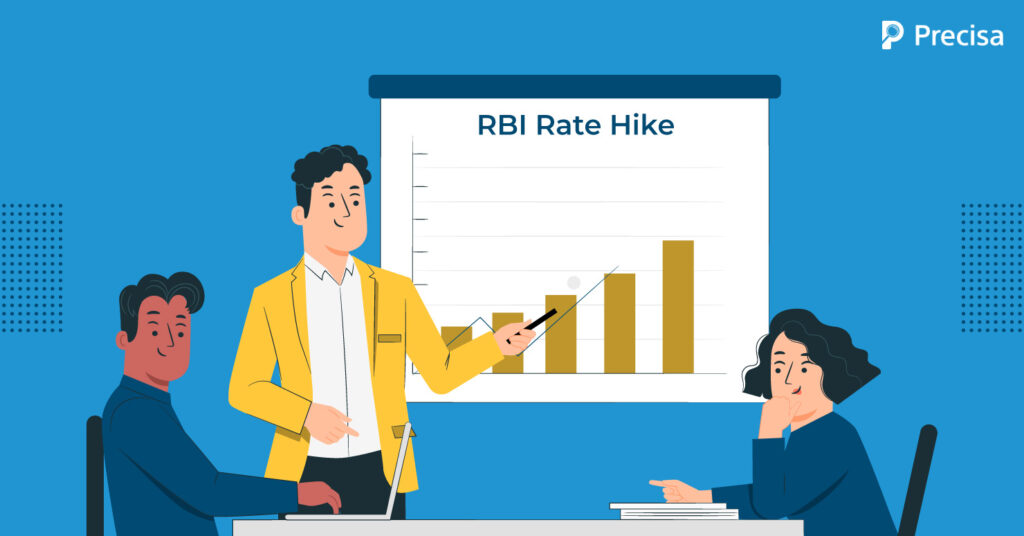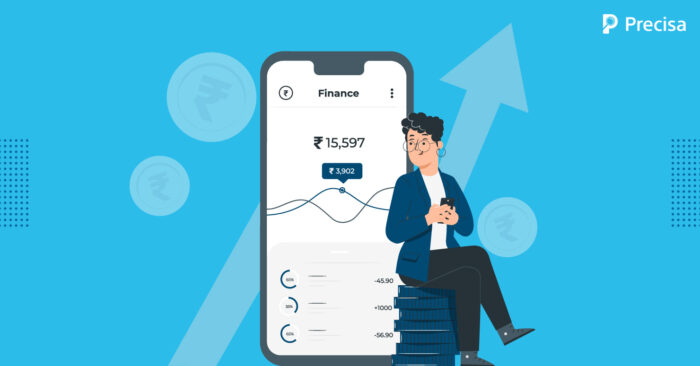How Will the RBI Rate Hike Impact BNPL Players and Digital Lenders?

While experts believe the RBI hike will not be a problem for digital lenders, BNPL players will unquestionably be in the firing line.
In response to the surging inflation across the nation, the Reserve Bank of India decided to hike the benchmark policy repo rate by another 50 basis points. This hike comes on top of the unscheduled 40 bps increase by the monetary policy committee back in May.
This move, paired with RBI’s focus on ending its accommodating policy, will cause interest rates in the banking sector to increase even further. It is no surprise that RBI chases to catch up on the inflation looming over its high tolerance limit.
While experts believe that digital lenders do not need to be worried about the rate hike, buy-now-pay-later (BNPL) players will unquestionably be in the firing line. So how exactly will this RBI hike impact BNPL players and digital lenders? Let’s find out.
How Will The Rate Hike Impact BNPL Players?
The worldwide pandemic brought a sweeping change in consumer interaction with businesses. BNPL players entered the market way before the pandemic hit the ground. The percentage of individuals having access to credit cards was as low as 3.33%. For Indian BNPL players, the lack of credit availability for small-ticket purchases presented a huge opportunity.
The BNPL model has been gaining traction over the last two years as more and more people hop on this payment trend. According to a Research and Markets report, the BNPL market in India is expected to grow 10x over the next few years and reach $35–40 billion by 2026. (BenoriKnowledge)
Despite its popularity among consumers, the model is highly dubious.
BNPL companies are highly competitive and low-margin businesses. As a result, they are highly prone to changes in funding costs. This is why market experts believe higher lending rates will have an impact on BNPL players.
Moreover, the RBI is likely to hike the repo rates again to push the liquidity conditions towards the pre-covid levels. The BNPL sector is already working on tight margins, and this change will certainly raise doubts about business profitability.
Do BNPL Players Need To Switch Business Model?
Aside from pure BNPL players like ZestMoney, Simpl, and LazyPay, a new company joins the digital crusade every week. However, the saturation coupled with a lack of business sustainability demands the question, “What now?” As the cost of funds rises, do companies need to revise their business models? Unfortunately, the answer is not simple.
Companies with established sustainable models may not need to come up with any strategy modifications. But businesses that are shelling out resources to keep a steady flow of customers may need to rethink their strategies to adapt and survive.
Most of the BNPL players offer zero percent interest, which might start disappearing given the current hike rates. Companies might regulate a strict policy on customers, allowing only those who have a track of repaying to continue with their services.
The repo rates will undoubtedly impact the credit rates, but the pricing of credit products follows a well-calculated and thorough system. Given all the factors in the current scenario, it’s unlikely that the BNPL model will undergo a drastic makeover at this point.
Is The Digital Lending Market Safe From The Hike?
Innovative products and rigorous marketing strategies have helped the digital lending business bloom exponentially. Despite rising interest rates, there is an increasing demand for digital lending because it is easy and offers low amounts, allowing consumers to meet their daily demands. Therefore, the demand side is responsible for maintaining the current momentum growth.
During the pandemic, lending companies saw digital payments skyrocket, and consumers turned to digital financing services for loans. In the wake of repo rate hikes, how will the borrowers in the digital lending space be impacted? Will the lending rates go high?
Digital players with longer loan tenures will need to revisit their interest rates to keep up with the hike. Although digital lending spaces holding out short-term loans of 3 to 12 months might not need to do the same given the hike will not cause ravishing losses. This is because most commercial banks waste no time catching up with the apex bank’s repo rates by increasing the lending rates. This works in favour of the digital lending companies holding short-term loans of 3 to 12 months.
Loan recovery for smaller ticket size and tenure will not be dearly hit. At the same time, the RBI’s rate increase may impact the payback of longer-term collateral-free loans. However, banking experts believe that since the consumer income is not under the influence of the hike, the recovery of digital lenders will not be affected.
Industry players have long since anticipated an increase in rates. Therefore, the repo rate hike by the RBI does not fall too far away from the overall expected rise in the digital banking and finance industry.
It is fair to say that the lending industry is here to stay, no matter the hurdle. If you represent a lender, check out Precisa. We give financial organisations like yours a variety of lending management tools that eliminate human errors and make your work easy. Sounds interesting? Get in touch with us.



